Which agency is responsible for naming storms?
When the media refers to storms appearing around the world , we will hear about the names given to each storm, instead of simply numbering them.
So how do hurricanes get named, and who is responsible for naming them? In fact, the process of naming hurricanes has a long and complicated history, until it developed into the standard that it is today.
According to the National Oceanic and Atmospheric Administration (NOAA), hurricanes were originally named after saints associated with the day the storm made landfall. For example, Hurricane Santa Ana, which made landfall on July 26, 1825, was named after the Christian Saint Anne.
But what if more than one storm occurs and makes landfall on the same day associated with a saint? In this case, the newer storm would have a suffix added to its name. For example, the storm that made landfall in Puerto Rico on September 13, 1876 was named San Felipe, and another storm that made landfall on September 13, 1928 was named San Felipe II.
Scientists then use information about the coordinates of the storm's formation to name it, but this method makes the process of identifying storms complicated and confusing when predicting the storm's path.

Scientists at the US National Hurricane Center (NOAA) were the first to name hurricanes (Photo: Wikipedia).
By 1953, weather forecasters in the United States were using names assigned by the National Hurricane Center (a division of NOAA). Scientists at NOAA would give each storm a unique name.
Scientists initially used female names for hurricanes, the first of which was named Hurricane Maria, after the female protagonist in the 1941 novel "Storm" by American writer George Rippey Stewart.
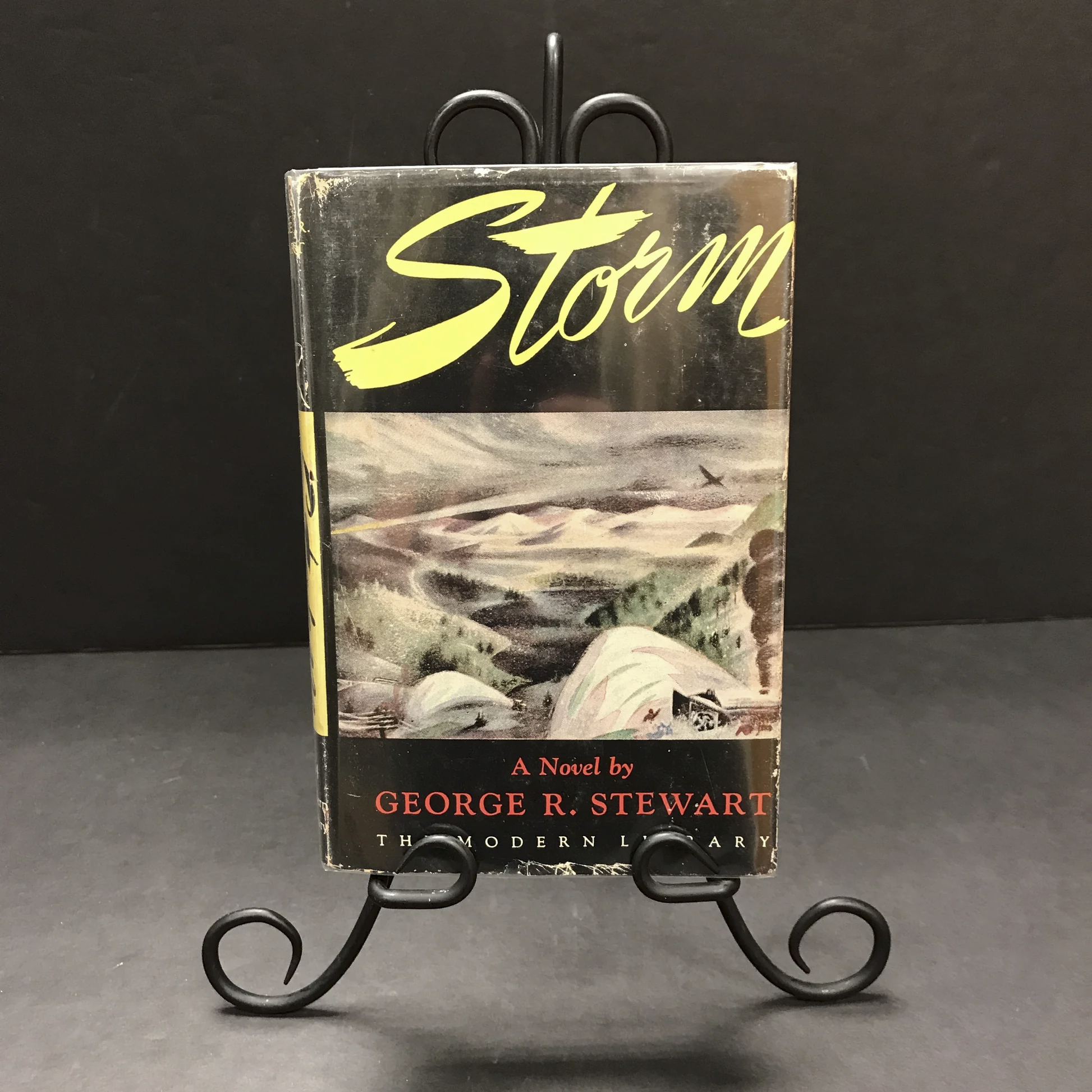
The character Maria in the novel "Storm" by American writer George Rippey Stewart was used by scientists to name the first storm (Photo: MyShopify).
However, as the global gender equality movement grew, scientists realized that using female names for hurricanes was somewhat sexist, so by 1979, scientists at NOAA were using both gender names for hurricanes.
It was NOAA that initiated the naming of hurricanes, however, these names were initially used within the United States and its Western allies, rather than globally.
Currently, hurricane names are assigned by the World Meteorological Organization (WMO), the United Nations' specialized meteorological organization, headquartered in Geneva, Switzerland.
Naming storms will help to easily identify and remember, help attract public attention to enhance storm response capacity. In addition, proper names of storms will also avoid confusion in case of multiple storms occurring in the same area.
How are hurricanes named?
WMO is responsible for managing, updating and forecasting the weather of 6 storm regions in the world, divided by geographical location, including the Northwest Pacific Region, North Atlantic, South Pacific , North Indian Ocean, South Indian Ocean, Southeast Indian Ocean.
Each region will have different ways of naming storms. For example, in the Northwest Pacific region (including Vietnam), countries in the region affected by tropical storms will nominate storm names to WMO, or the North Atlantic region will name storms in alphabetical order...
The list of storm names will be reused every six years. For example, the list of storms in 2024 will be reused to name storms in 2030.
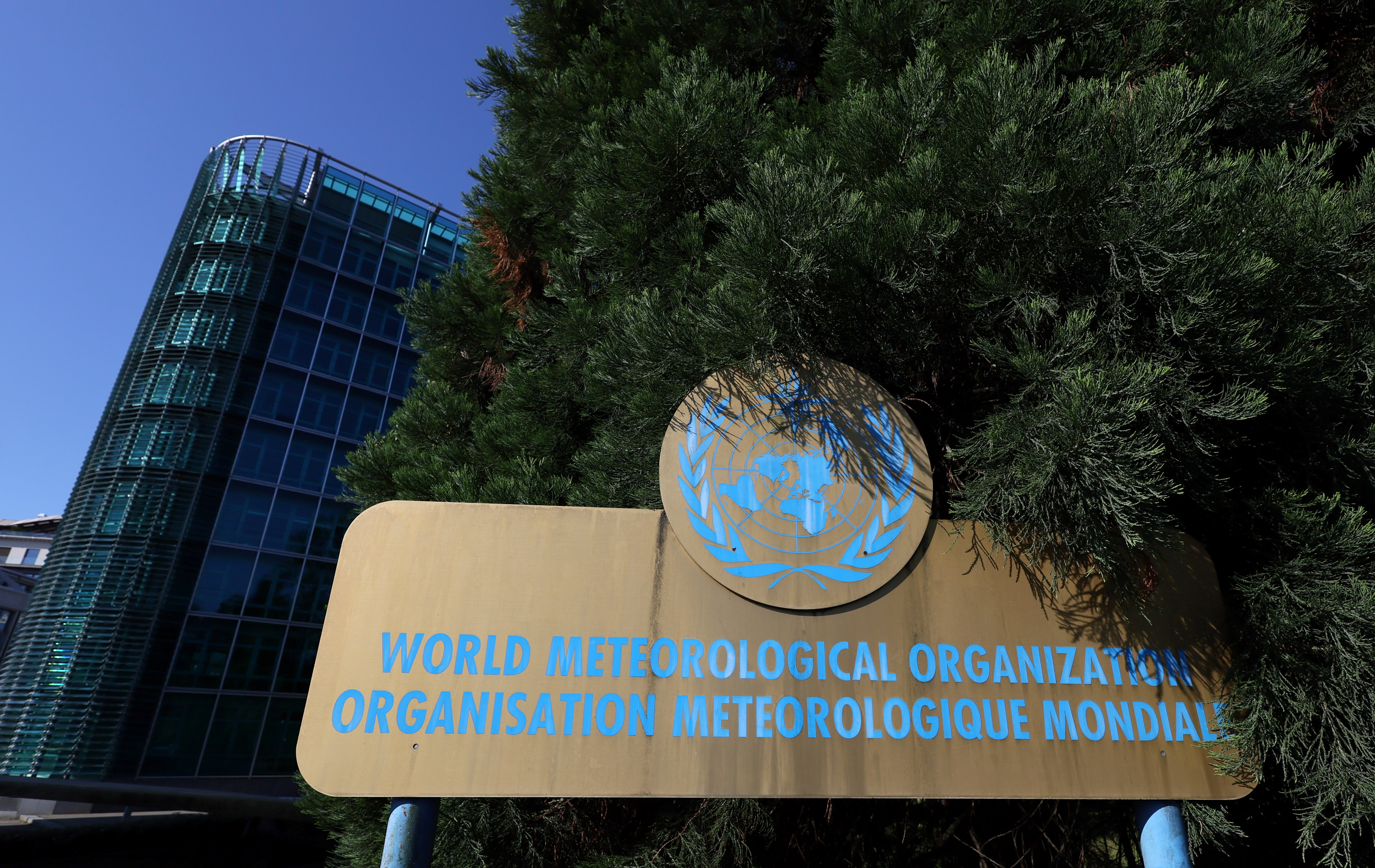
The World Meteorological Organization (WMO) is the agency responsible for naming storms (Photo: ShutterStock).
The WMO Hurricane Committee meets once a year. During the meeting, countries can nominate new names or remove old names from the list of names for storms. Countries can also propose to remove storm names given by other countries if they feel that the name is inappropriate for various reasons.
For example, if a storm causes serious damage to people and property, the WMO will ask member countries to vote to decide whether to remove the storm name to avoid causing painful memories.
Vietnam once proposed to remove the name Chanchu storm given by Korea because this storm caused serious consequences when it made landfall in Vietnam in 2006. Conversely, Korea also proposed to remove the name Saomai storm nominated by Vietnam from the list of storm names because this storm also caused serious damage to Korea in the same year 2006.
Most likely, in the near future, Vietnam will also request WMO to remove the name Yagi proposed by Japan because this storm caused serious damage in our country in late August and early September.
Is the name Tra Mi of storm number 6 given by Vietnam?
Tra Mi, storm number 6 is expected to make landfall in our country this weekend. This is a large storm with a very complicated path, which can cause heavy rain and strong winds over a large area.
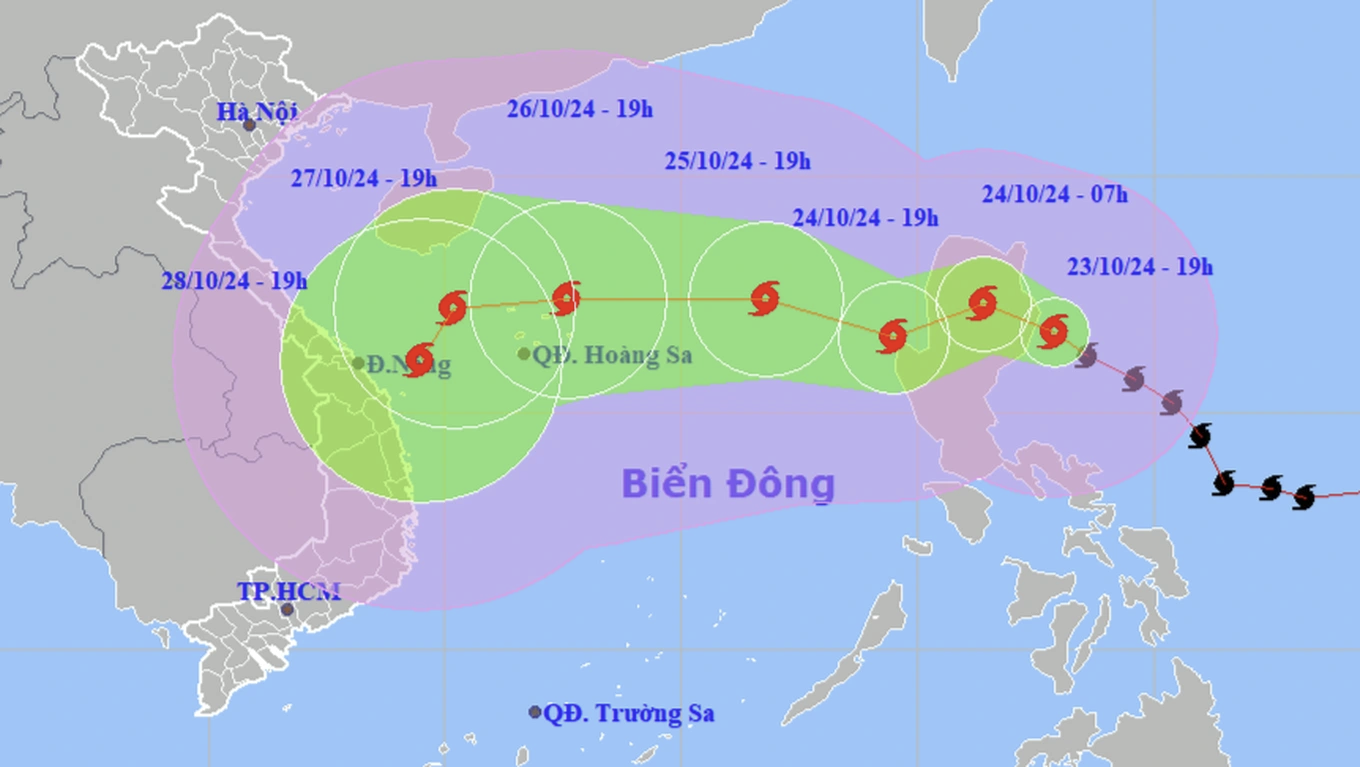
Forecast of the movement of storm Tra Mi in the coming days (Photo: NCHMF).
When hearing the name of this storm, many people wondered whether this was the name given by Vietnam or not and why did the international community accept this name?
As mentioned above, countries in the region affected by tropical storms will nominate names of storms to WMO and Vietnam has nominated 10 names for storms, including Son-Tinh (Son Tinh), Co-May (Co May), Bavi (Ba Vi), Conson (Con Son), Sonca (Son Ca), Trami (Tra Mi), Halong (Ha Long), Bang-Lang (Bang Lang), Songda (Song Da), Saola (Sao la).
As you can see in the list above, Tra Mi is one of the 10 names nominated by Vietnam to name storms.
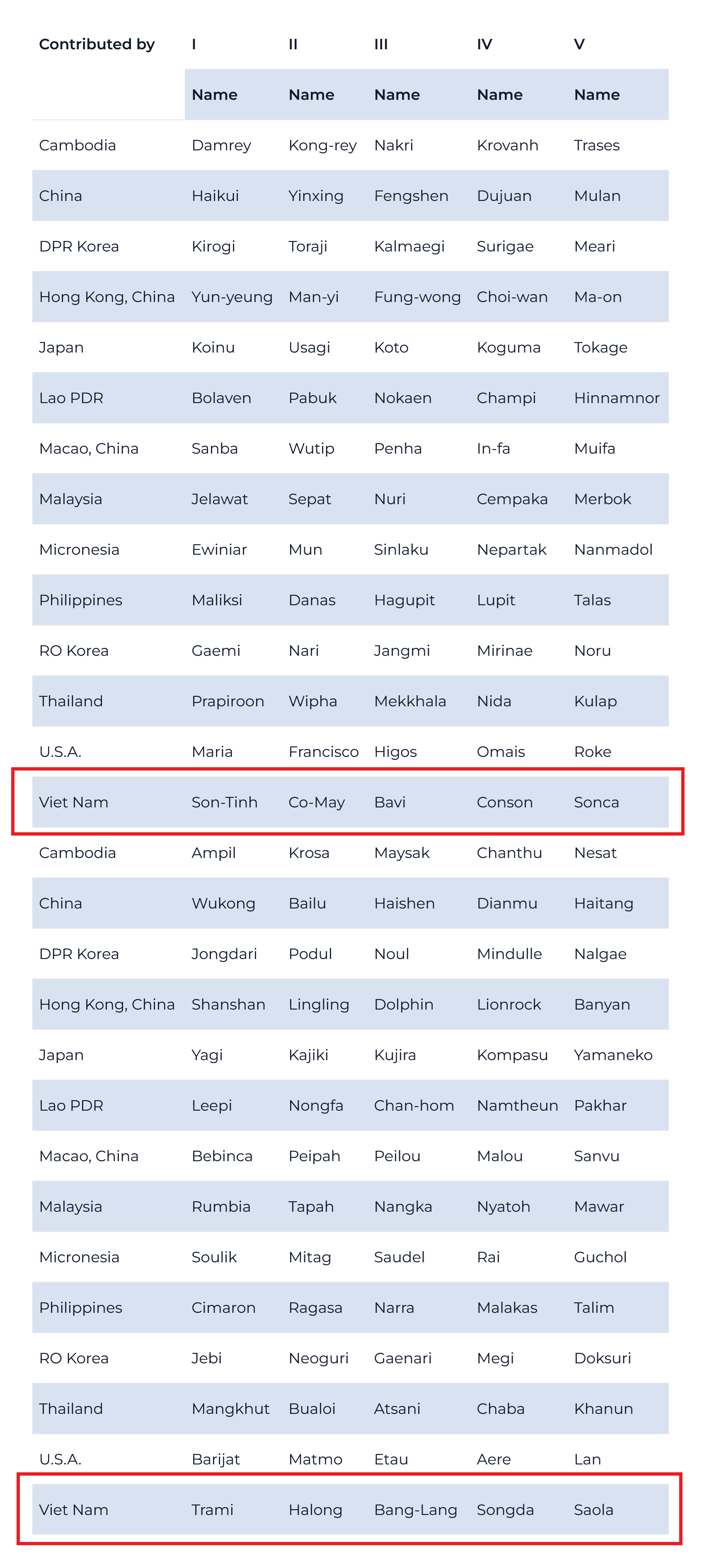
List of names of storms proposed by countries in the Northwest Pacific region (Photo: WMO).
Of course, this is not the first time that there have been storms named by Vietnam, nor is it the first time that a storm named Tra Mi has appeared, but these storms do not always make landfall in the country that named them.
For example, 6 years ago, typhoon Tra Mi formed and affected Taiwan (China), but did not affect Vietnam at all.
In 2012, another storm named Son Tinh by Vietnam affected the Philippines, Vietnam and China, killing 10 people in Vietnam and causing hundreds of millions of dollars in damage.
Source: https://dantri.com.vn/khoa-hoc-cong-nghe/vi-sao-con-bao-so-6-lai-co-ten-thuan-viet-la-tra-mi-20241023232643719.htm


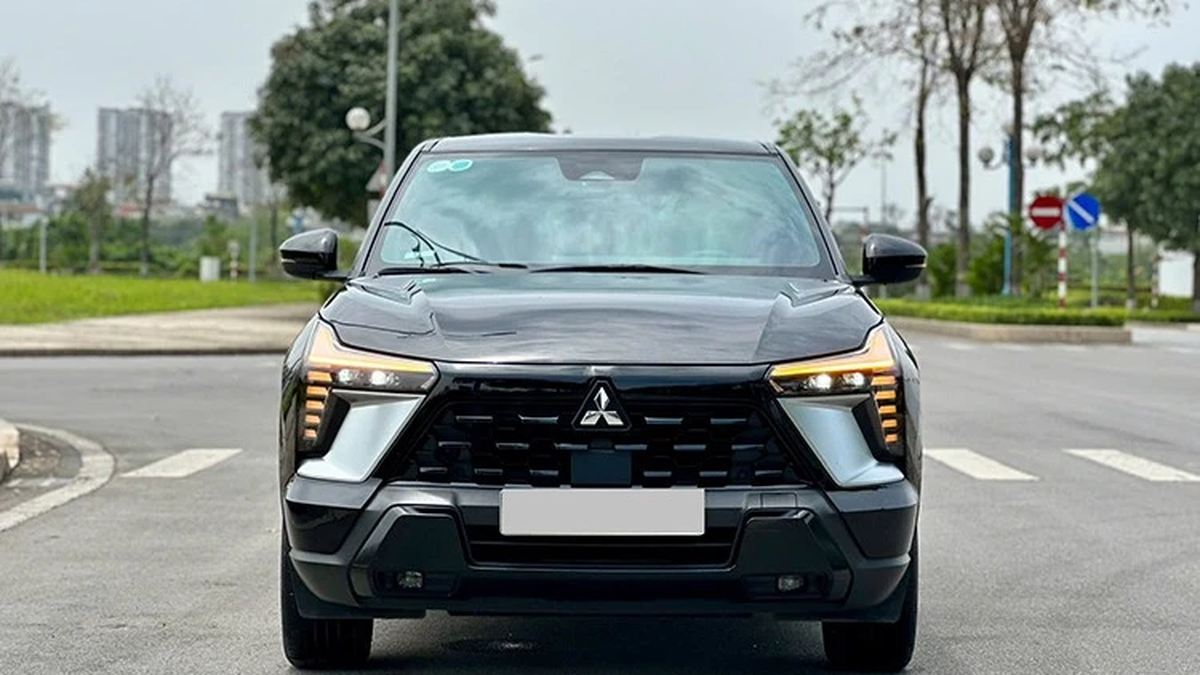
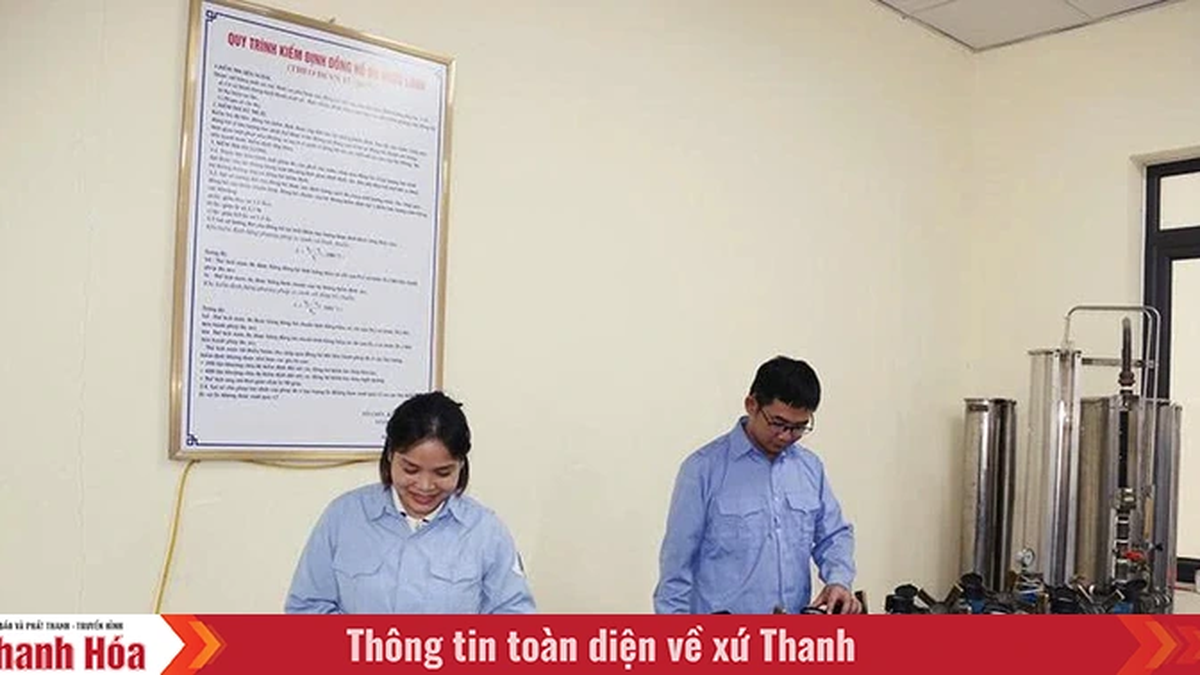
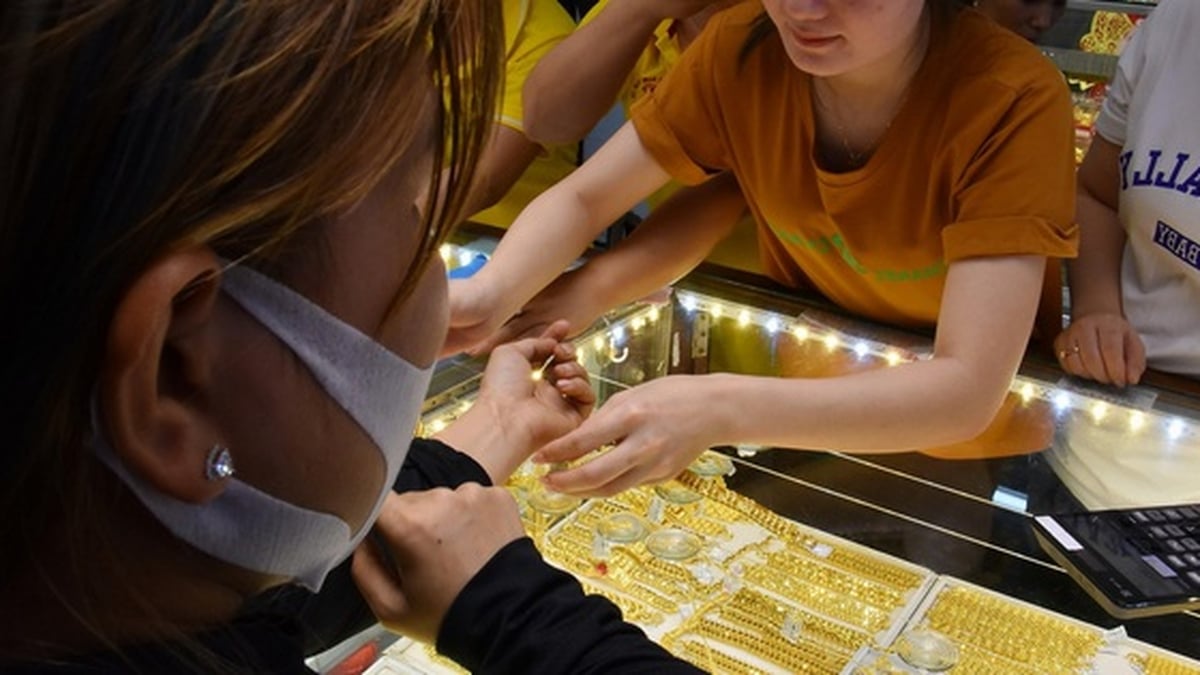
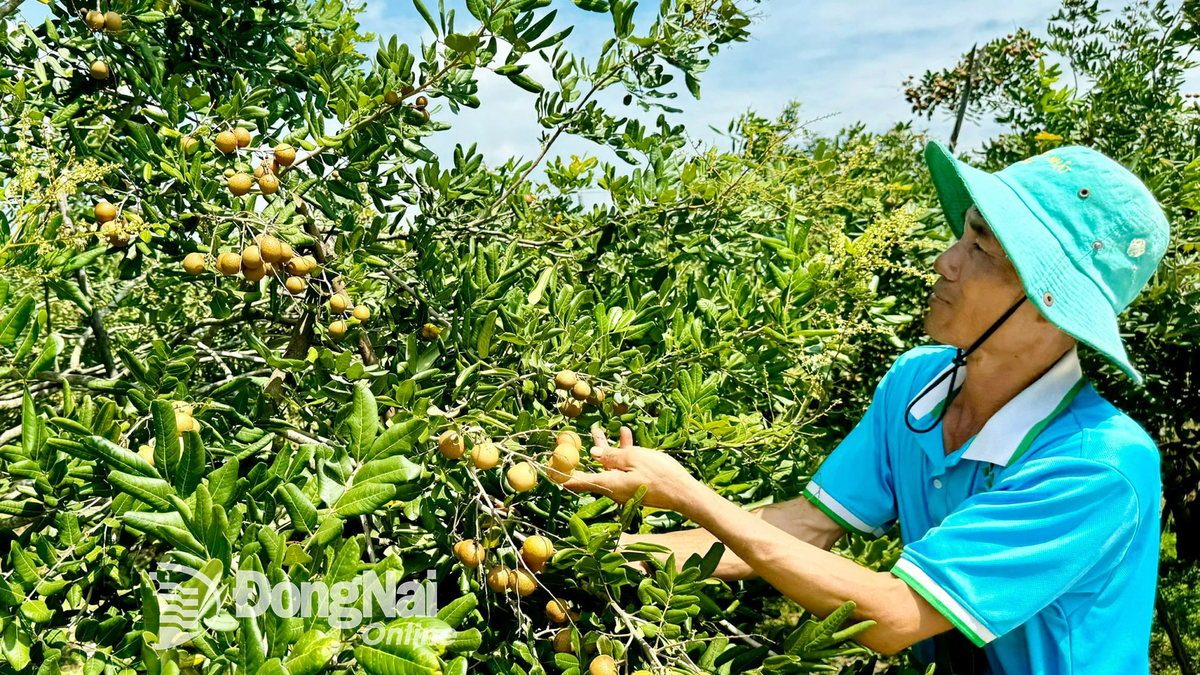
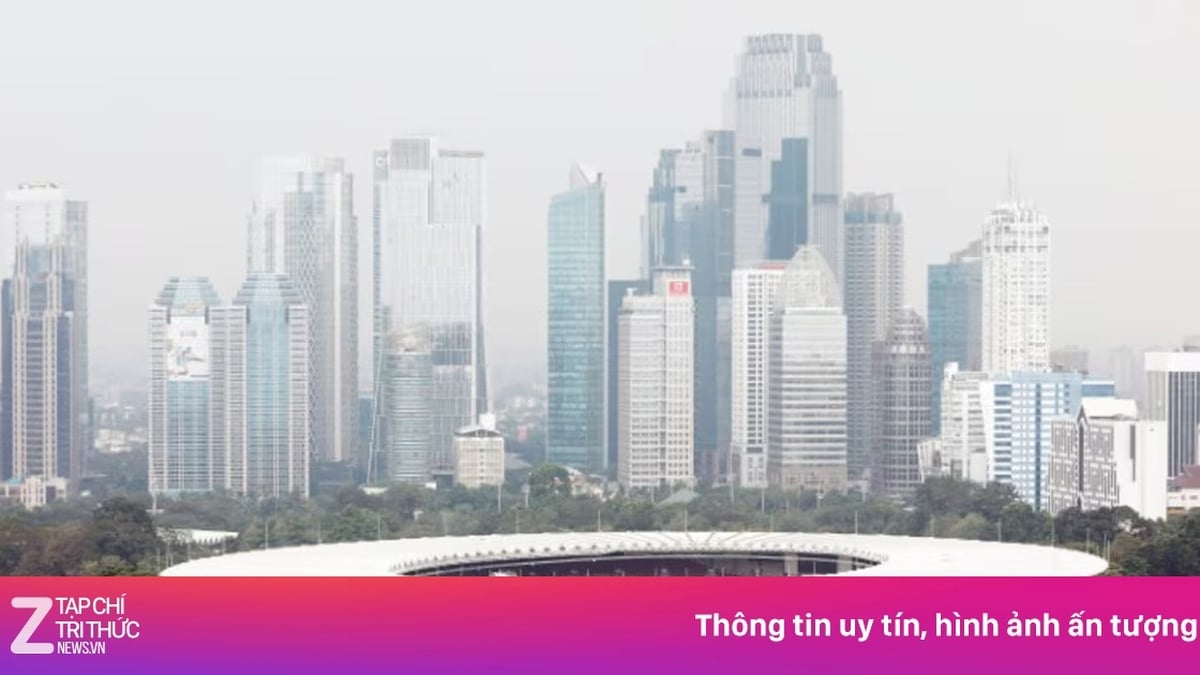


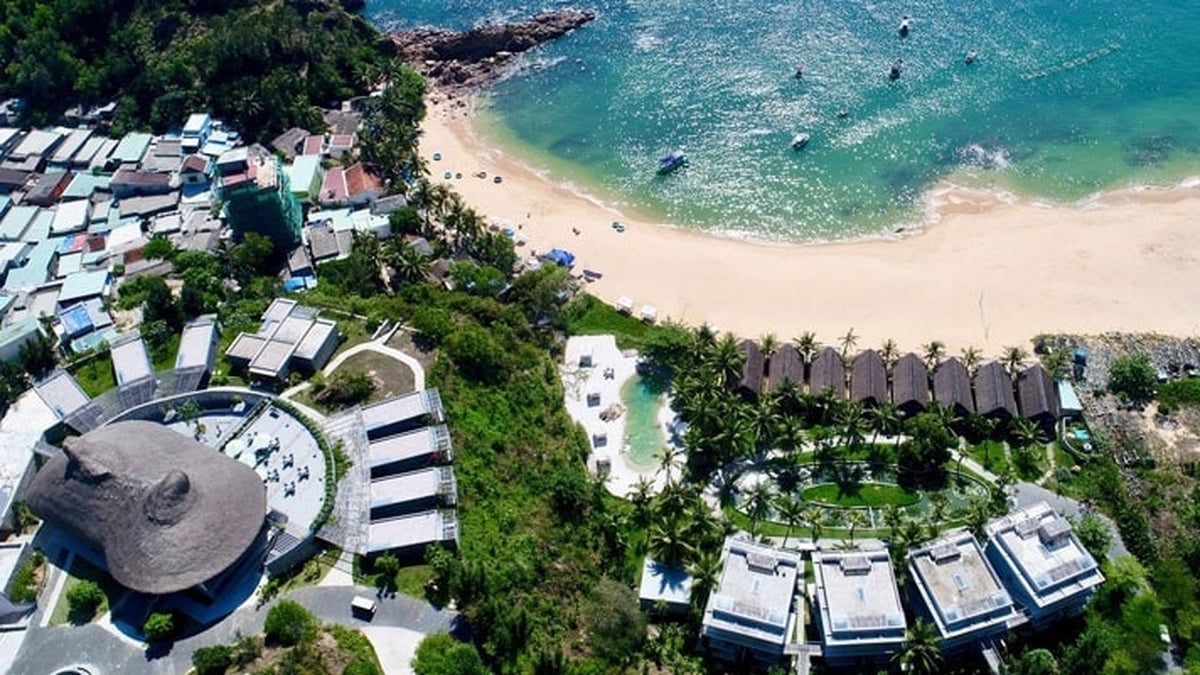

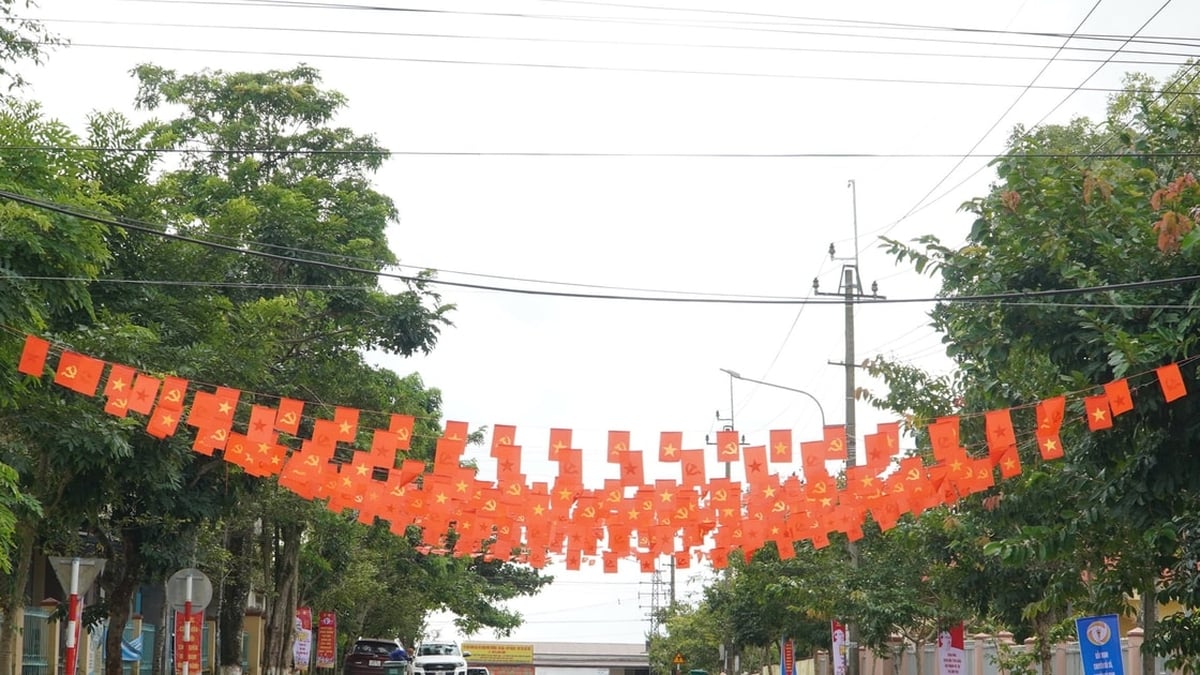












![[Photo] National Assembly Chairman attends the seminar "Building and operating an international financial center and recommendations for Vietnam"](https://vphoto.vietnam.vn/thumb/1200x675/vietnam/resource/IMAGE/2025/7/28/76393436936e457db31ec84433289f72)

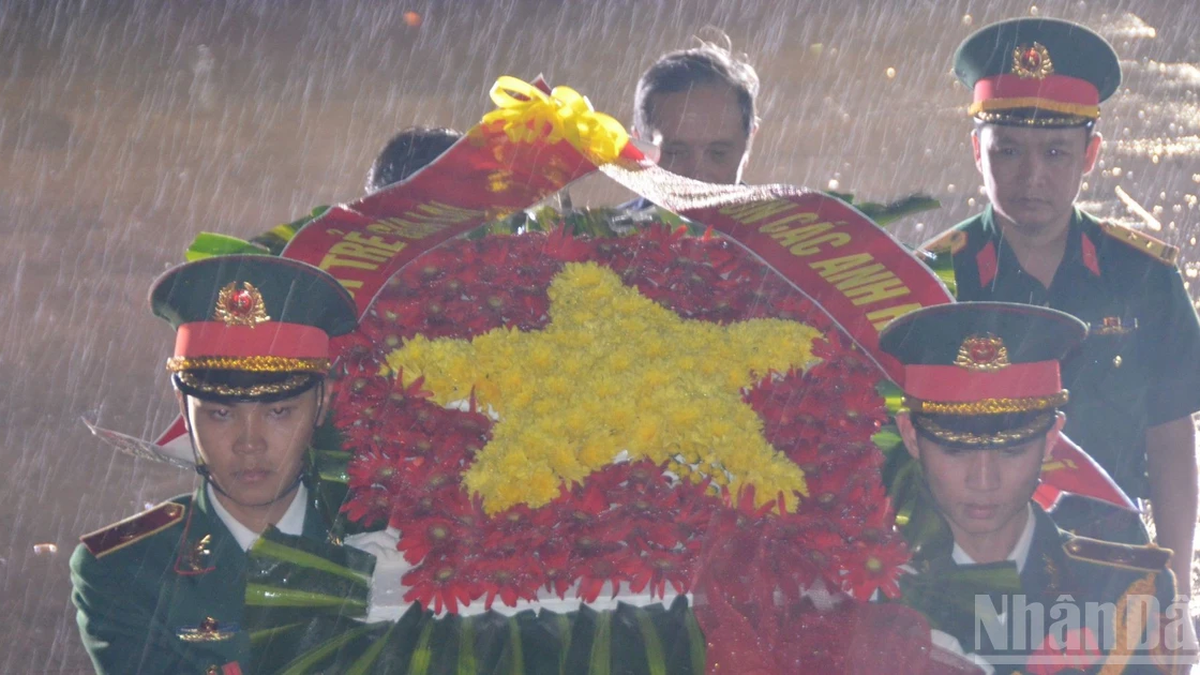









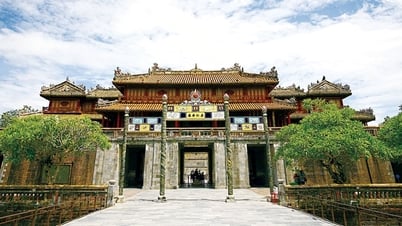

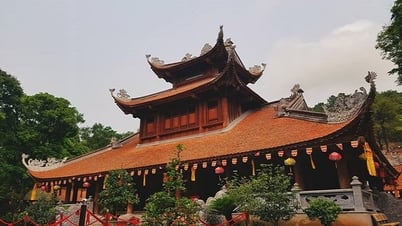

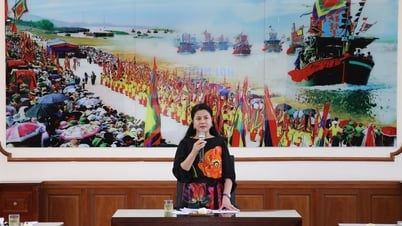

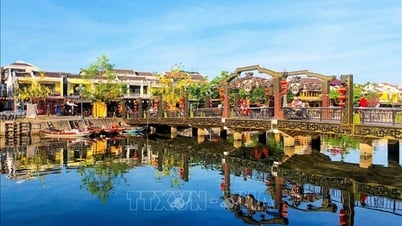



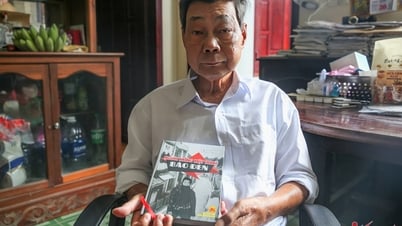



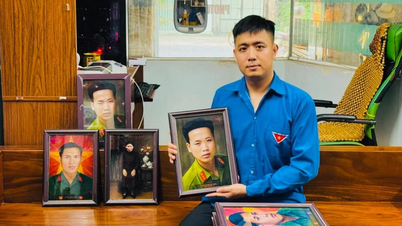

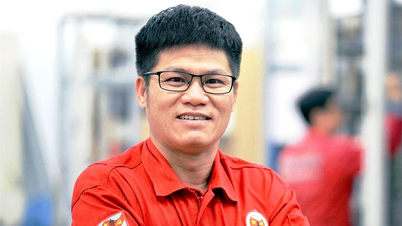

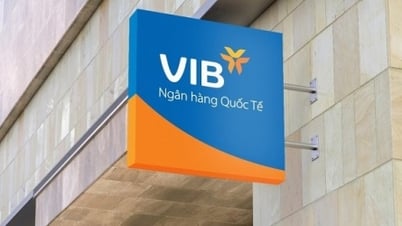




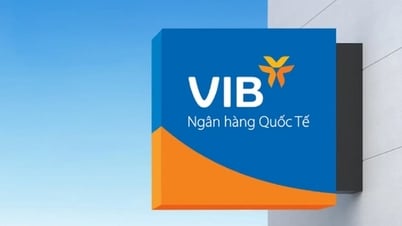



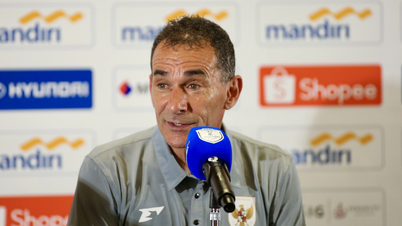
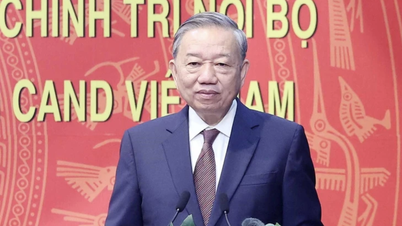

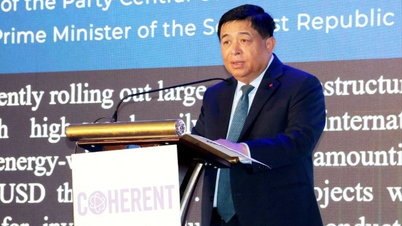

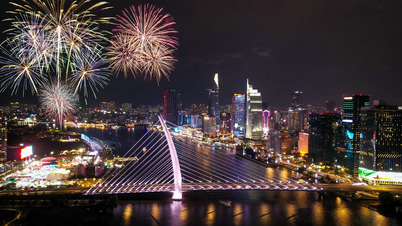
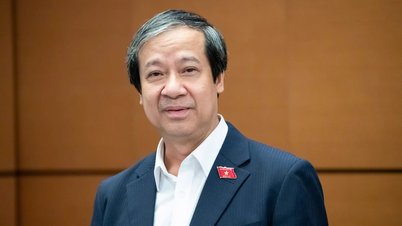


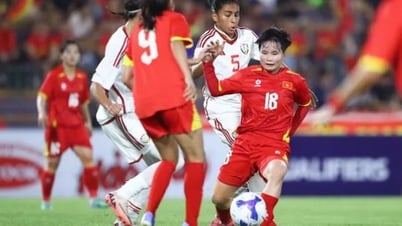
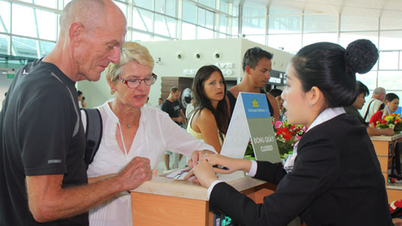
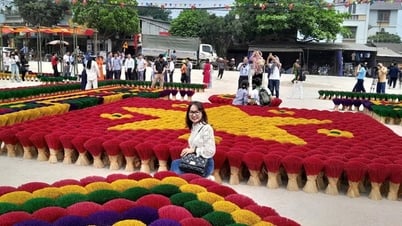
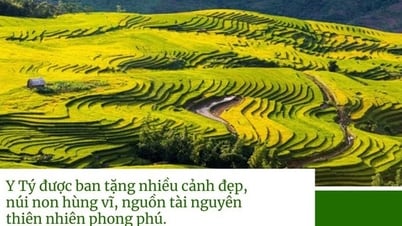
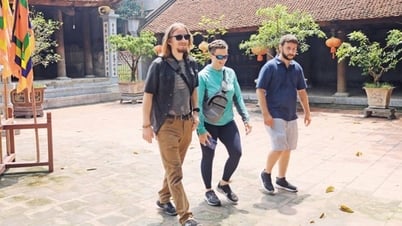




















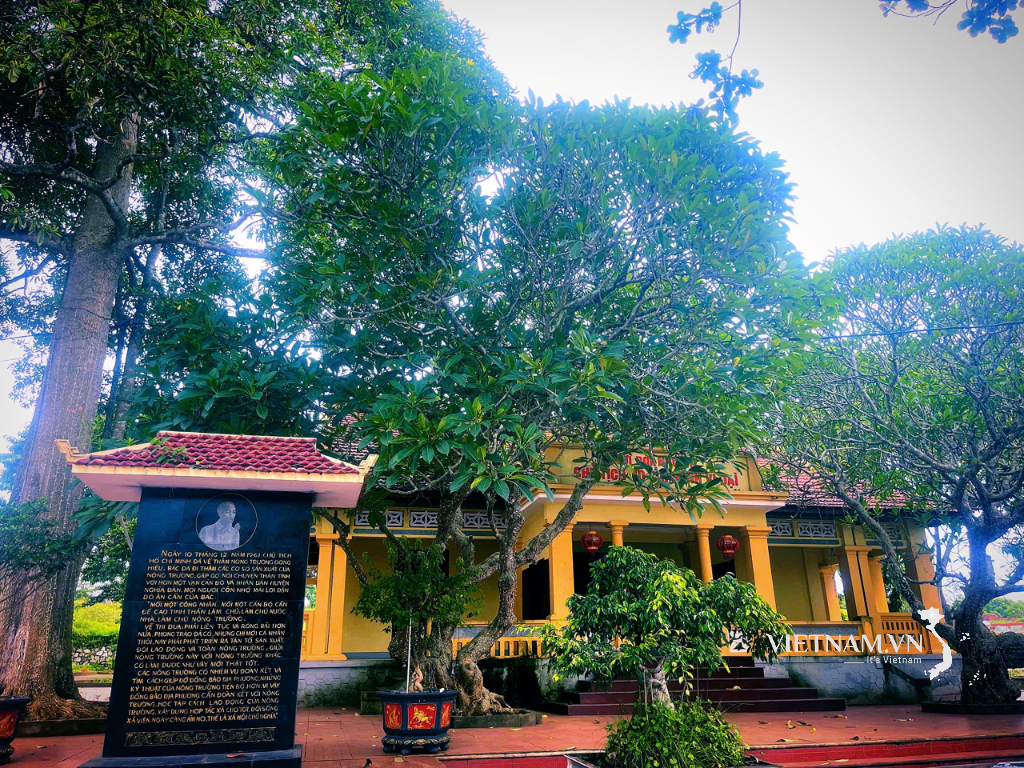
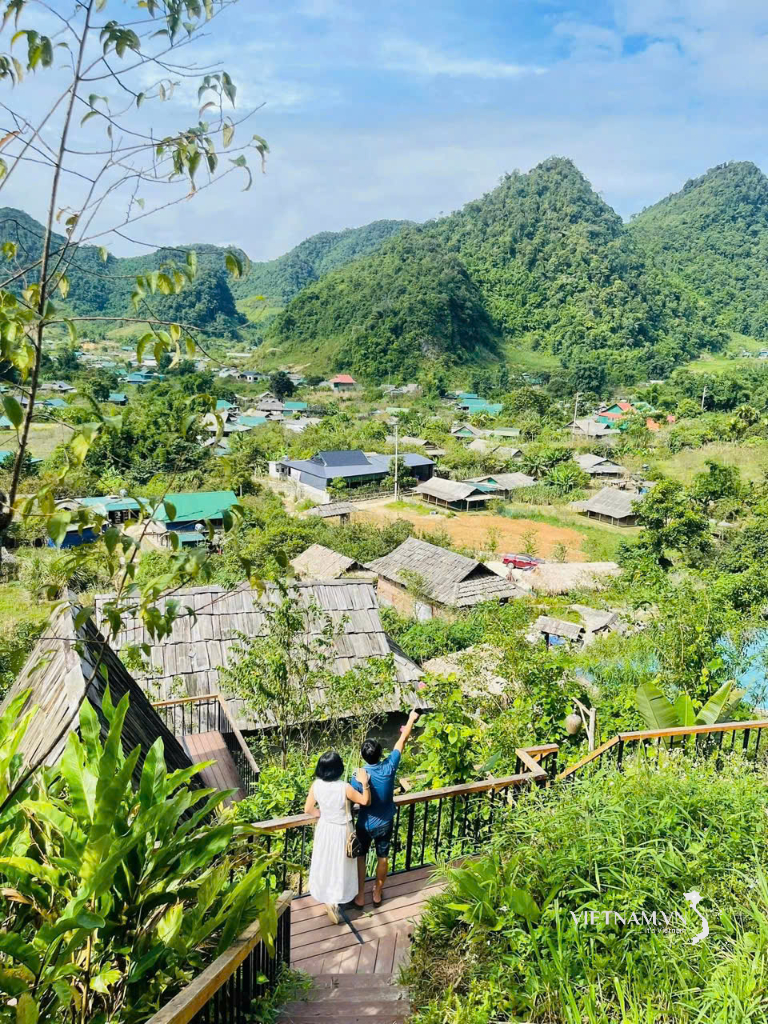

Comment (0)